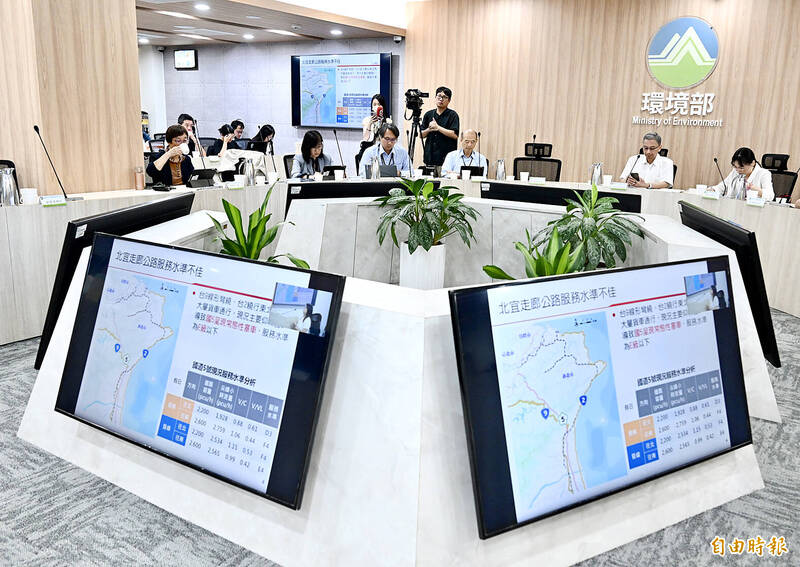Report on Digital Infrastructure Management and Sustainable Development Goal Alignment
Introduction: A Framework for Ethical Digital Engagement
This report details the protocols for technical data storage and access, aligning digital operations with the United Nations Sustainable Development Goals (SDGs). The framework for user consent is foundational to building trust and ensuring that digital infrastructure is developed responsibly, contributing to several key SDGs. By providing transparent choices, this system supports the principles of accountability and inclusive development central to the 2030 Agenda.
The management of digital interactions is categorized to ensure clarity and purpose-driven data use, reflecting a commitment to sustainable and ethical practices. Each category of data access serves a distinct function, with direct implications for specific SDGs.
Analysis of Data Processing Categories and SDG Linkages
The technical storage and access of information are classified into four primary categories, each evaluated for its contribution to sustainable development:
-
Essential Operational Data (Functional)
This category involves technical storage or access that is strictly necessary for the delivery of a service requested by the user or for the transmission of communication. This is fundamental to the operation of digital platforms.
- SDG 9: Industry, Innovation, and Infrastructure: This level of data access is critical for building and maintaining resilient, reliable, and sustainable digital infrastructure, which is a key target of SDG 9. It ensures the basic functionality and accessibility of online services for all users.
-
User-Centric Service Customization (Preferences)
This involves the technical storage or access necessary to remember user preferences that are not essential for the core service but enhance the user experience. This promotes a more personalized and accessible digital environment.
- SDG 10: Reduced Inequalities: By allowing services to be tailored to individual user needs and preferences, this function supports the creation of more inclusive and accessible digital spaces, helping to reduce digital divides.
- SDG 11: Sustainable Cities and Communities: Customization contributes to user-friendly information and communication technologies, a component of making human settlements inclusive, safe, resilient, and sustainable.
-
Performance Analysis and Institutional Accountability (Statistics)
This category pertains to technical storage or access used exclusively for statistical purposes, often in an anonymized form. This data is used to analyze traffic, measure performance, and improve services.
- SDG 16: Peace, Justice, and Strong Institutions: The use of anonymous statistical data promotes transparency and accountability by allowing for the monitoring of service performance without compromising individual privacy. This builds effective and accountable institutions at the digital level.
- SDG 9: Industry, Innovation, and Infrastructure: Statistical analysis is vital for monitoring, maintaining, and upgrading digital infrastructure, ensuring its long-term sustainability and efficiency.
-
Economic Enablement and User Profiling (Marketing)
This category requires technical storage or access to create user profiles for the purpose of sending advertising or for tracking users across digital platforms for similar marketing objectives.
- SDG 8: Decent Work and Economic Growth: This function supports the digital economy by enabling marketing and advertising, which can foster business growth, innovation, and employment. It is a driver of economic activity within the digital ecosystem.
- SDG 17: Partnerships for the Goals: The relationship between service providers, advertisers, and users is a form of multi-stakeholder partnership. When managed ethically and with full consent, it can create shared value. However, its implementation must be balanced with the protection of user rights, reinforcing the principles of accountability found in SDG 16.
1. Which SDGs are addressed or connected to the issues highlighted in the article?
SDG 16: Peace, Justice and Strong Institutions
- The article, a cookie consent notice, directly relates to the principles of transparency, access to information, and the protection of fundamental freedoms, which are central to SDG 16. It describes the mechanisms for collecting and using personal data, which is a matter of institutional accountability and governance in the digital sphere. By informing users and seeking their consent, the website is engaging in a practice that supports building accountable institutions that respect individual rights, specifically the right to privacy.
2. What specific targets under those SDGs can be identified based on the article’s content?
Target 16.10: Ensure public access to information and protect fundamental freedoms, in accordance with national legislation and international agreements.
- The content of the article is a direct implementation of this target. The banner’s primary function is to provide users with clear information (“ensure public access to information”) about how their data is tracked and used for purposes like statistics and marketing. It also provides a mechanism for users to grant or withhold consent, thereby allowing them to exercise control over their personal information and “protect fundamental freedoms,” such as the right to privacy. The existence of such a banner is often a requirement of data protection laws (e.g., GDPR), aligning with the “in accordance with national legislation” aspect of the target.
3. Are there any indicators mentioned or implied in the article that can be used to measure progress towards the identified targets?
Implied Indicator: Implementation of policies and guarantees for public access to information and data privacy.
- While the official UN Indicator 16.10.2 measures the number of countries with such laws, the article itself serves as a practical, ground-level example of the *implementation* of these laws. The detailed breakdown of cookie types (functional, preferences, statistics, marketing) and the explanation of their purpose can be seen as a qualitative indicator of how effectively transparency policies are being applied by organizations. The text’s mention of needing a “subpoena, voluntary compliance on the part of your Internet Service Provider, or additional records from a third party” to identify a user from anonymous statistics implies an adherence to a legal framework that protects user privacy, which is a measurable aspect of policy implementation.
4. Create a table with three columns titled ‘SDGs, Targets and Indicators’ to present the findings from analyzing the article.
| SDGs | Targets | Indicators |
|---|---|---|
| SDG 16: Peace, Justice and Strong Institutions | Target 16.10: Ensure public access to information and protect fundamental freedoms, in accordance with national legislation and international agreements. | Implied Indicator: The existence and detailed nature of the cookie consent mechanism described in the article. This serves as a proxy for the implementation of data protection and privacy laws (related to official Indicator 16.10.2). Specific elements mentioned, such as the categorization of data use (e.g., “statistical,” “marketing”) and the reference to legal processes (“subpoena”), act as evidence of this implementation. |
Source: eenewseurope.com






